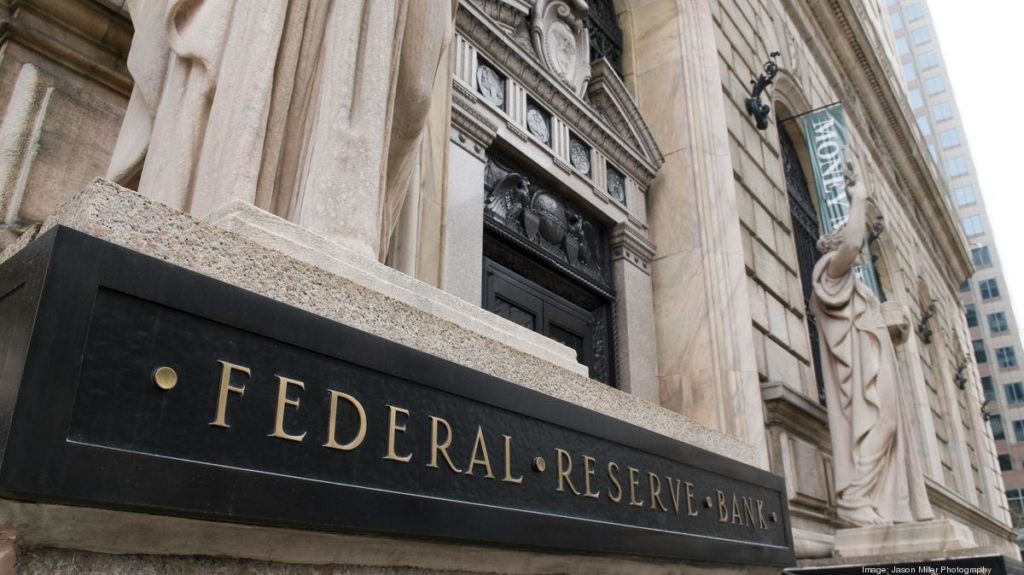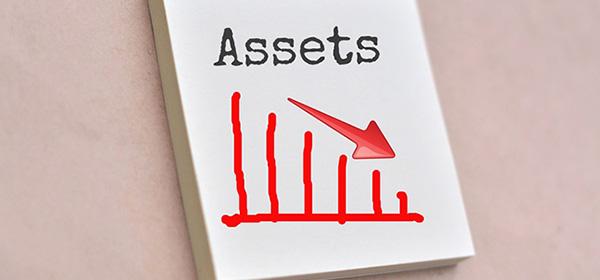After Federal Reserve Chairwoman Janet Yellen’s congressional testimony, the markets are still convinced the Fed could begin to raise rates sometime this summer. This is just plain wishful thinking. The Fed can no more raise rates (to any significant degree) than it can borrow money into oblivion. There are several reasons for this.

The Federal Reserve is Not the Market
For one, the Federal Reserve doesn’t make the market in interest rates. Interest rates are set by the market, not by the Federal Reserve. However, this doesn’t mean that the world’s most important central bank doesn’t exert any influence at all. It most certainly does and its influence is significant. The Fed influences interest rates in three different ways; setting the FFR (Federal Funds Rate), Open Market Operations (Buying and Selling UST’s, MBS’s and other assets) and Jawboning. I think most of the Fed’s power lies in the first two. For one, setting the FFR – which is guidance (not an actual interest rate) for the shortest end of the interest rate curve can have a “push” or “pull” effect on the rest of the curve. E.g. if they set a lower FFR it can serve to pull the curve downward, and vice versa, a higher FFR can push rates up.
But again we stress, to influence isn’t the same as making or setting a market.

The Federal Reserve is a Bank
The second reason why the Federal Reserve cannot raise rates to any significant degree is because like any other bank or financial institution, it has natural limits to its own solvency.
Think about the balance sheet of the Fed. Its assets are a mixture of government bonds, Treasury notes, and mortgage-backed securities. The dollars that the Fed issues to purchase those assets are the corresponding liability to those assets. Needless to say it has purchased a lot of bonds since 2008 (QE1, QE2, QE3). So since 2008, its balance sheet has expanded on both sides. This isn’t necessarily a problem (yet) because of the duration of its assets and liabilities.
Most of its assets – the bonds and mortgage debt – are long-term, with an average duration of roughly 10 years or more. Meanwhile, its liabilities are all short-term, current liabilities. These are deposited at the Fed by various banks, and the banks can demand them at any time.
Longer duration loans pay a higher yield than short-term loans and deposits. Since interest rates are at historic lows, the Fed can continue to borrow short and lend long1 – and it makes a nice profit doing so.
Here’s an example with some simple math. The yield on a 10-year bond is 2%. This is the interest the Fed receives on its loans, which are its long-term assets. On the other side, the Fed owes no more than 0.25% on its short-term deposits, which are its short-term liabilities. That’s a year-over-year profit of 1.75%. It has bought roughly $2.8 trillion of long-term debt, so that equates to approximately $49 billion in yearly profits. Not bad – as long as rates are kept low.
But the Fed wants to raise rates (or so it claims). The market is also expecting a rate hike. What happens to this game of monetary musical chairs if the Fed does deliver the higher interest rates it has been promising?
Dan Oliver Jr., President of the Committee for Monetary Research and Education, put it succinctly in the Wall Street Journal last August:
“The enormous maturity mismatch between the Federal Reserve’s assets, which are now mostly long term, and its liabilities, which are all current liabilities, promises large losses when interest rates finally rise.”
Look a little closer at how this works. Suppose the Fed funds rate was raised to 1%. Instead of owing 0.25% on its short-term liabilities, it would now owe 1%. This would give it a 1% year-over-year profit if 10-year bonds still yielded 2%. That equates to more than a 40% drop, but it would still have a positive net income.
What if rates continued to rise back towards their historic norms, from 1% to 2.5% or even higher? Then the Fed has a big problem. If its assets pay 2%, but it owes 2.5% on its liabilities, then it has a negative cash flow and is illiquid. Instead of clearing a cool $49 billion a year, it now owes $14 billion.

The Federal Reserve has more than one Problem
That’s just the beginning of the Fed’s problems if rates rise significantly. Far more devastating would be the effects on the value of its assets. To get this, you must understand that the market price of a bond runs inverse to its yield. So when the yields on new 10-year Treasury bonds go up, the price of your existing Treasury bond that you acquired at a lower yield goes down. This is because previously purchased bonds must be discounted to the current market rate if sold into the market – not the rate at which you originally bought it.
If the Fed were to raise rates, the entire yield curve could rise in tandem, which means yields on every kind of bond would rise. So a bond that the Fed originally bought with, say, a 2% yield must now be discounted compared to the market with bonds that delivered a higher yield. If the Fed were to try to sell this bond on the market, it would suffer a capital loss on its balance sheet. At the same time, the short-term liabilities of the Fed would remain, and it would be required to pay them. So if rates rose enough, the Fed would incur losses on both sides of its balance sheet – a negative income and capital losses.
The common rebuttal to this scenario is that the Fed can simply borrow more money to pay what it owes. This is certainly possible, but is it really an advisable solution to the problem? If the Fed were to have negative cash flow on top of a portfolio of falling assets, borrowing more to service the losses only exacerbates the problem. Adding debt to an illiquid portfolio increases the pain; it doesn’t end it.
Even worse – how would the rest of the world respond to a financial institution caught in this position? The Fed runs the risk of losing credibility in the eyes of the world’s financial system. In turn, the US dollar would lose credibility, because it is the liability of the Fed. Not only would world banks run from and possibly dump US government bonds themselves, but they would likely also abandon the dollar. It is difficult to imagine one without the other.
In short, the Fed cannot allow this to happen, so it cannot raise interest rates. At least, not to any significant degree.
A version of this article was originally published here.
Footnotes
- This is a form of illicit arbitrage and it is inherently unsustainable. For more on this topic, I would refer the reader to this and other articles by Keith Weiner.